It's a great time of year to appreciate how plants grow. It's surprising what you see when you get up close and personal with plants.
Much of the silk weaving at the time was influenced by French Rococo designs, and much of the silk was produced by French Huguenot refugees, who settled in that part of east London. Garthwaite, who was unusual in being a notable female designer and an independent woman with a career, brought a distinctively English style to the silk. Her work - and she produced more than 80 new designs a year - reflected the growing interest in Britain in botanical illustration, and her patterns display more realistic images of plants and flowers than the stylised images in French woven silk.
Here is one of Garthwaite's patterns, at the V&A Museum:
Spitalfields Life explains Garthwaite's unique talent:
'[She] contrived an enormous variety of sprigged patterns each with different permutations of naturalistically rendered flowers, both cultivated and wild species. Yet equally, her work demonstrates a full understanding of the technical process of silk weaving, conjuring designs that make elegant employment of the possibilities of the medium and the talents of skilled weavers. Many of her designs are labelled with the names of the weavers to whom they were sold and annotated with precise instructions, revealing the depth of her insight into the method as well as offering assistance to those whose job it was to realise her work. She was credited by Malachi Postlethwayt in The Universal Dictionary of Trade and Commerce of 1751 as the one who “introduced the Principles of Painting into the loom.”
There's a Blue Plaque at the house in Princelet Street in Spitalfields where Garthwaite lived and worked with her sister (and which she bought with her own earnings when she was 40). You can read more about her house here.
You can read more about Garthwaite here, and see photos of examples of her work.
And you can see her watercolour patterns and fabrics at the V&A Museum, where a section in the British Galleries describes the work of the weavers and designers of Spitalfields silk.
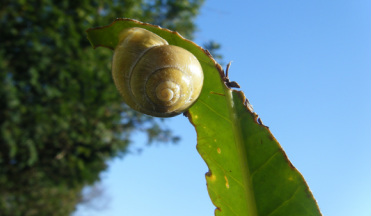
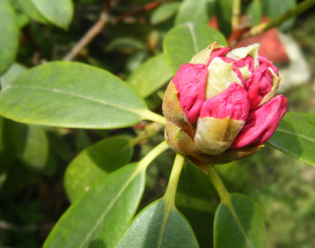
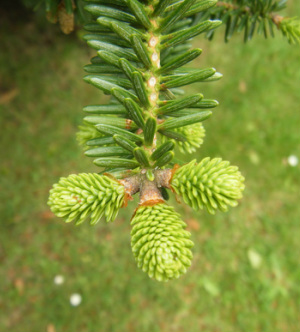
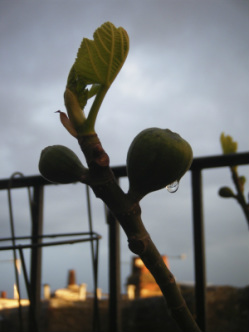
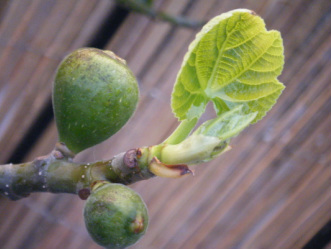
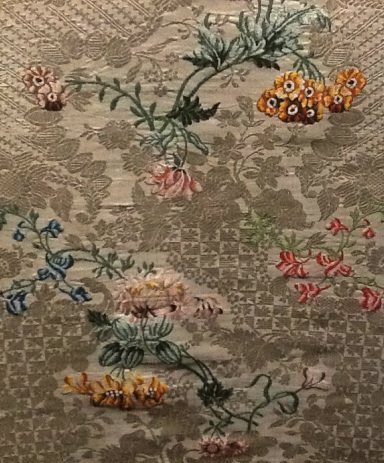
 RSS Feed
RSS Feed
